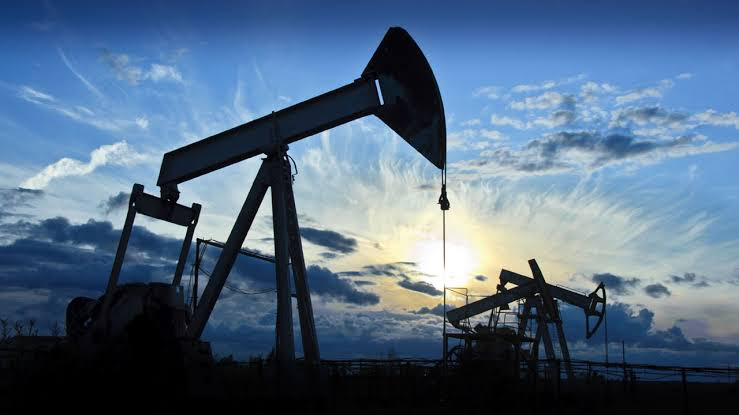Major U.S. natural gas producers are gearing up to further curtail production in the latter half of 2024, as prices have plummeted nearly 40% over the past two months. The industry is bracing for significant adjustments in response to the current market downturn.
Price Drop and Production Adjustments
Henry Hub gas futures have fallen to around $2 per million British thermal units (mmBtu), with West Texas’ Waha prices turning negative a record number of times this year. The price decline is attributed to softened demand following unexpectedly cooler temperatures and increased production during the second quarter, which saw prices rise by about 47% in April and May.
EQT, one of the top gas producers in the U.S., has embedded around 90 billion cubic feet equivalent of strategic curtailments this fall, CFO Jeremy Knop stated during the company’s second-quarter earnings call. Similarly, Houston-based Apache plans to curtail an additional 90 million cubic feet per day (mmcfd) of gas in the third quarter, according to CFO Stephen J. Riney.
Apache had already curtailed 78 mmcfd of gas production in the second quarter due to extreme pricing in the Permian Basin. Chesapeake Energy, set to become the largest U.S. gas producer after its merger with Southwestern Energy, plans to defer some well completions while waiting for the market to stabilize. This strategy aims to correct supply and demand imbalances.
Strategic Moves by Industry Players
Other industry players, including Antero Resources Corp and EGO Resources, are adopting similar strategies, opting to delay completions and curtail production. Chesapeake’s decision to defer well completions aligns with expectations of a rise in LNG demand, which could boost prices in the near future, noted Robert Wilson, vice president of analytics at East Daley.
Shale producer Coterra Energy had reversed some curtailments at the end of the second quarter but is preparing for more reductions. “We are prepared to make further cuts as some of our summer sales commitments roll off in the shoulder season,” said Blake Sirgo, senior vice president of operations for Coterra, in the company’s Q2 earnings report.
Outlook and Industry Response
According to the Energy Information Administration (EIA), U.S. natural gas output will average around 103.3 billion cubic feet per day (bcfd) this year, a slight downgrade from July’s forecast of 103.5 bcfd. This compares to 103.8 bcfd produced last year.
The strategic production cuts by major U.S. natural gas producers reflect their response to the current market conditions, aiming to balance supply and demand. The industry’s focus remains on navigating the price slump while positioning for future market improvements.
As the natural gas market continues to evolve, producers are closely monitoring conditions and adjusting their strategies accordingly. The emphasis on strategic curtailments and deferred well completions highlights the industry’s adaptive approach to maintaining financial stability amid fluctuating prices.
The ongoing adjustments in production are expected to continue as companies aim to optimize their operations and prepare for potential market rebounds driven by increased LNG demand.
Source: Reuters



